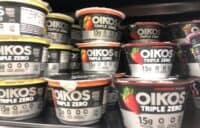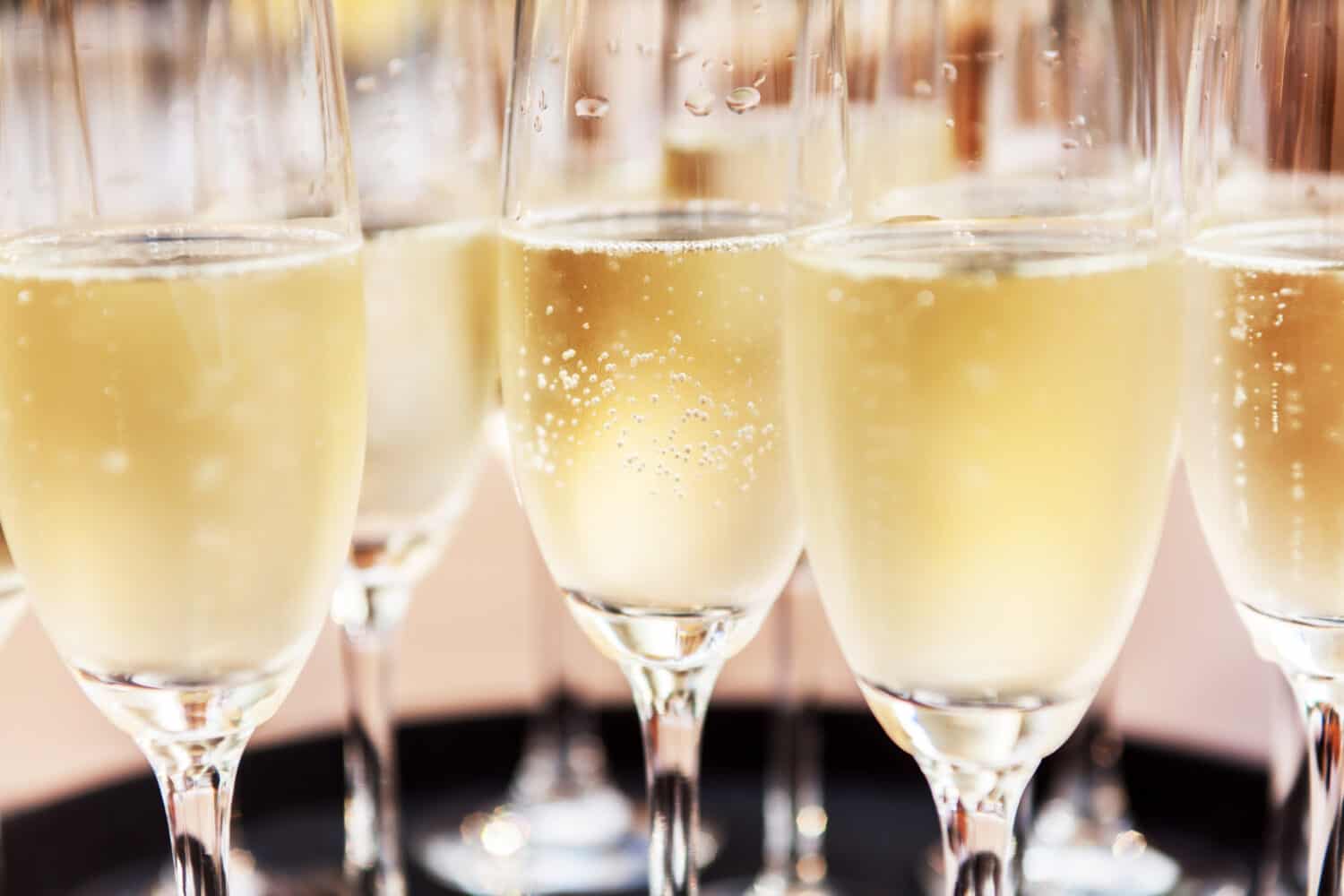
While considering the 15 worst Champagne brands, we at 24/7 Wall St. have concluded that, almost without exception, even the worst Champagne ain’t half-bad. Several metrics come into play in evaluating the qualities that make a brand deserving of the title of the worst Champagne or sparkling wine. Cost, flavor, and reputation are but three. While Champagne is bottled exclusively in the Champagne region of France, sparkling wines from other areas of the world are included on our list. Let’s get the corks popping and the tiny bubbles flowing as we determine the 15 Champagne brands to avoid, from best to worst.
15. Dom Perignon

- parent/owner: Moët & Chandon/LVMH
- established: 1921 (first vintage)/1936 (introduced)
- price point: $300.00/750 ml
The name Dom Perignon is synonymous with fine Champagne. First impressions are lasting, but Dom Perignon has changed considerably over the last century. Moët & Chandon produces roughly five million bottles of Dom Perignon annually. With that sort of volume, it’s difficult to maintain the original quality for which the brand gained its reputation.
Bottom Line: If you have enough discretionary income to afford Dom, you’ll likely have a satisfactory experience, but for its price point, there are better, more affordable options. With this brand, you’re paying for the label.
14. Cristal
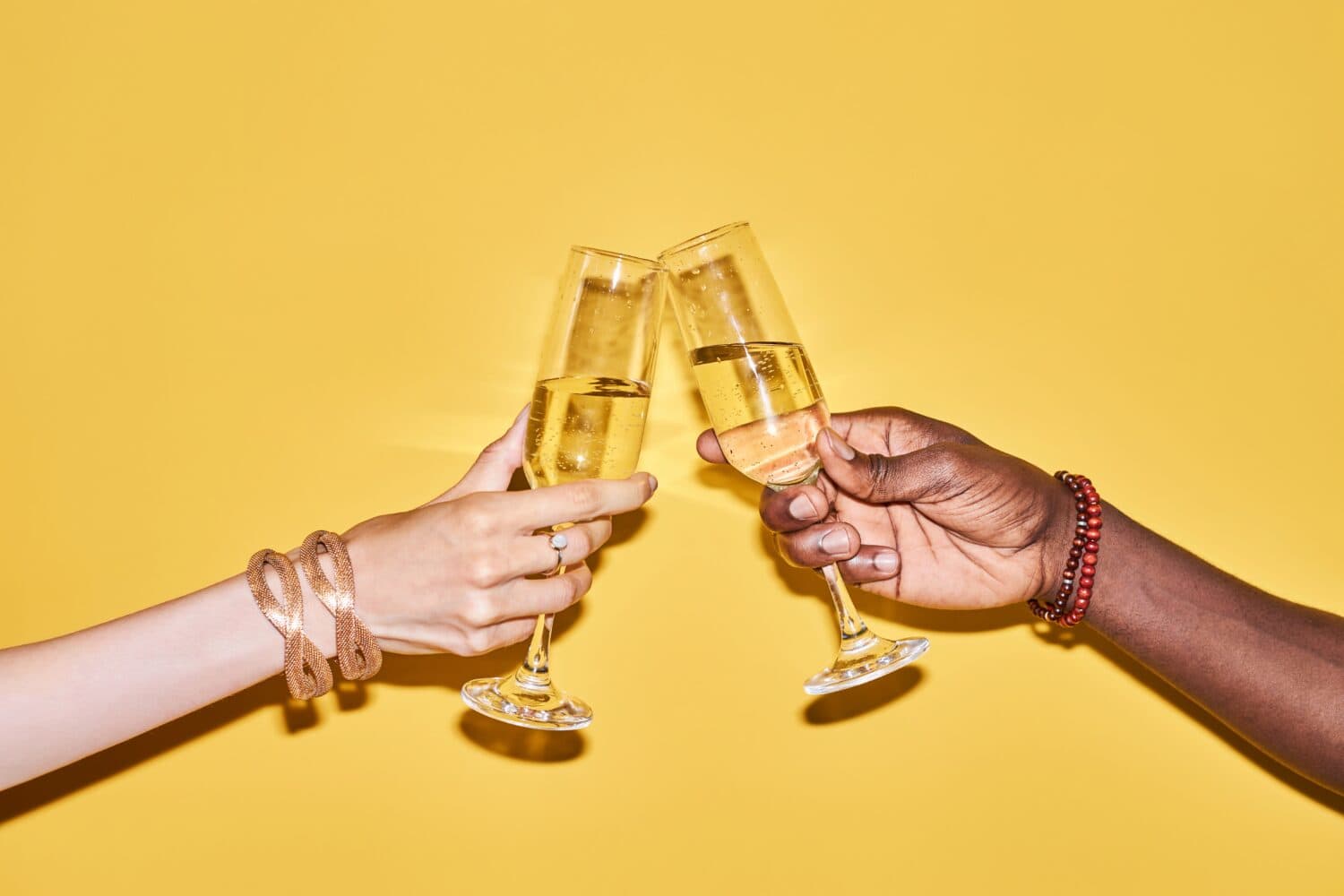
- parent/owner: Louis Roederer
- established: 1876
- price point: $300.00/750 ml
Cristal is produced by a privately owned family business. And though they started small, the Roederer family now bottles over one million bottles of Cristal yearly. Cristal was popular with hip-hop artists in the late 90s through the aughts, giving it a moment of notoriety on this side of the pond. While Cristal is a dependably good Champagne, the $300 price tag is unsavory.
Bottom Line: When even the worst Champagne isn’t bad, there’s no valid reason to spend $300.00 on a bottle of wine. Sparkling or not.
13. Codorniu 457 Gran Reserva 2008
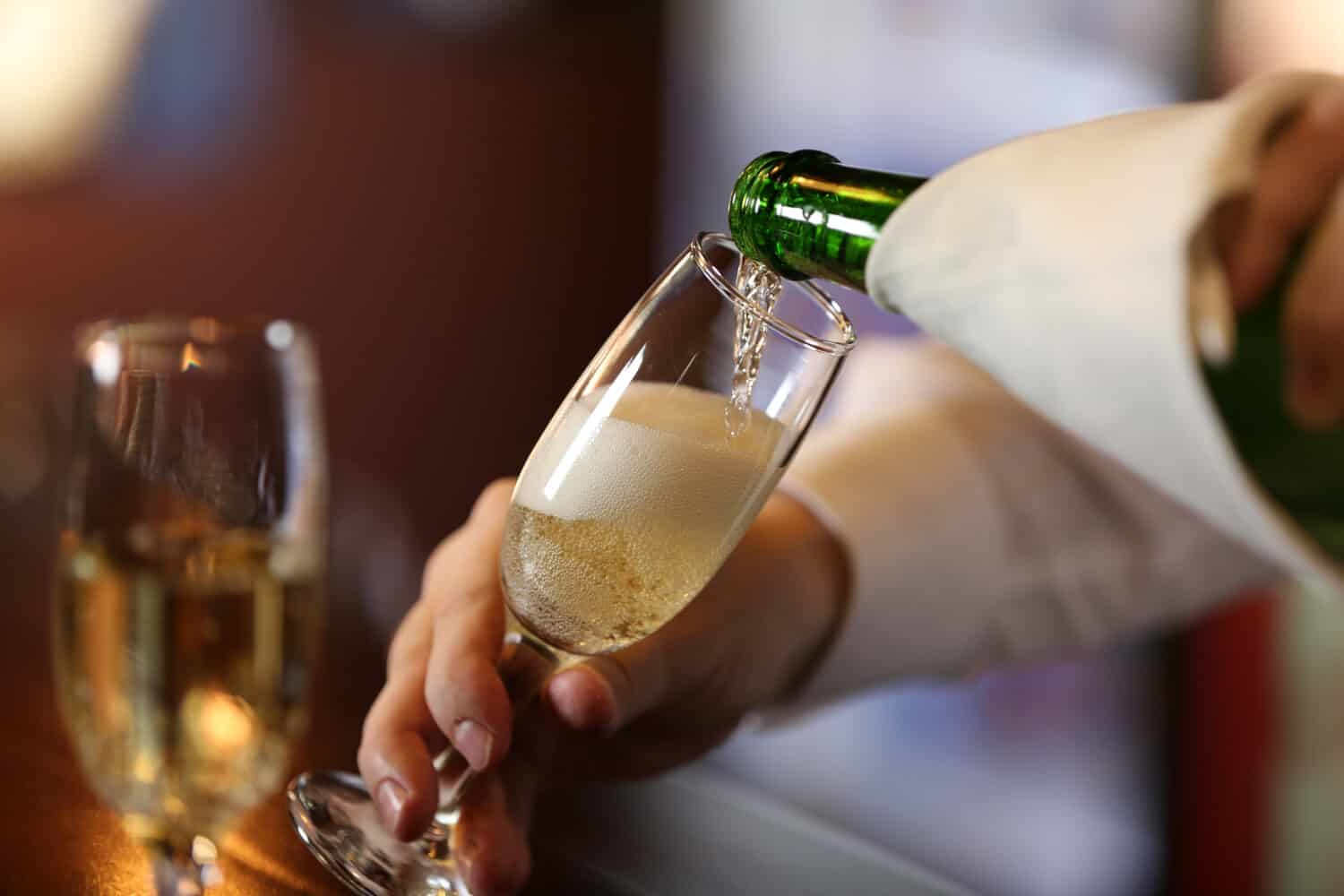
- parent/owner: The Carlyle Group
- established: 1551
- price point: $200.00/750 ml
Cordorniu touts itself as the oldest winery in Spain, with over 500 years of wine-making experience. Sparkling wine bottled in Spain is called cava, reportedly for the cellars in which the spirits age. And while French Champagne has demanded top dollar in the marketplace for decades, Spanish cavas haven’t enjoyed the same level of success. Until Codorniu 457 Gran Reserva 2008. At $200.00/750 ml it is the most expensive cava to date. Also at $200.00, it its only 2/3 the price of comparable French brands.
Bottom Line: Unless you have tons of disposable income, there are tons of better ways to dispose of 200 bucks than on a bottle of sparkling wine.
12. Veuve Clicquot Ponsardin

- parent/owner: LVHM
- established: 1772
- price point: $50.00/750 ml
Veuve Clicquot is produced by the same multinational conglomerate that makes Dom Perignon. Moët Hennessy Louis Vuitton has a 500 billion dollar portfolio that spans many luxury brands. Veuve Cliquot has a compelling history that makes for good marketing. And while Veuve Clicquot hits all of the right notes and has a reliably agreeable flavor, even at 1/6 the cost of its cousin Dom, 50.00 dollars is still out of reach for the average consumer.
Bottom Line: At $50.00 a pop, The Grand Dame of Champagne makes sense compared to The Dom and Cristal, but is still a tidy sum for many a working man. Why spend half a Benjamin on a bottle of Champagne when there are equally as good and better Champagnes and sparkling wines for a fraction of the cost?
11. LaMarca Prosecco
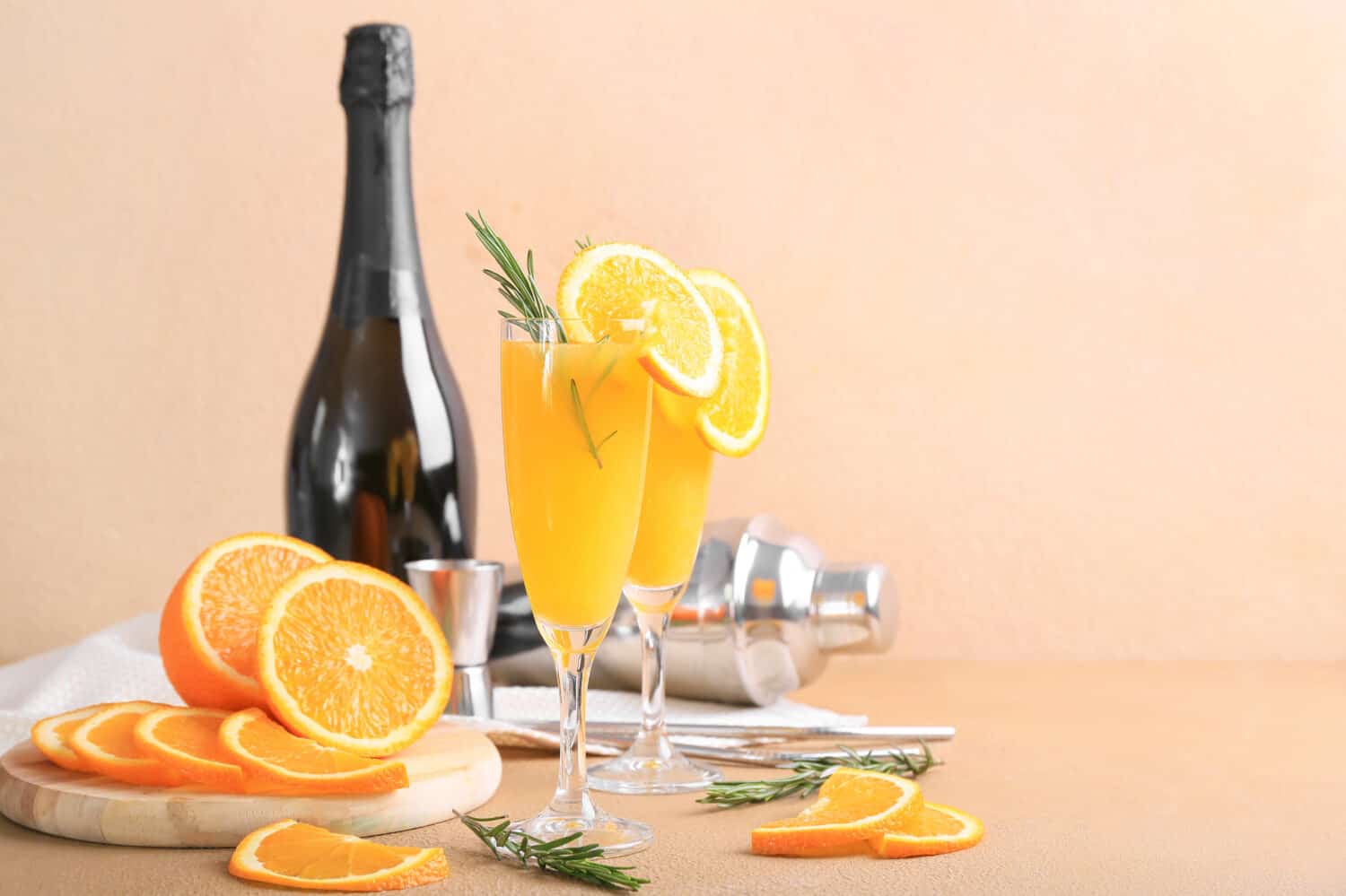
- parent/owner: Gallo
- established: 1968
- price point: $16.00/750 ml
Bottled in Italy, LaMarca is a perfectly serviceable prosecco. LaMarca really sparkles in a cocktail. It’s more sorority house mimosa brunch than 50th-anniversary toast. Sorority sisters need to get their groove on too, Grandma!
Bottom Line: Not for sipping, but just dandy in a cocktail.
10. Asti Spumante
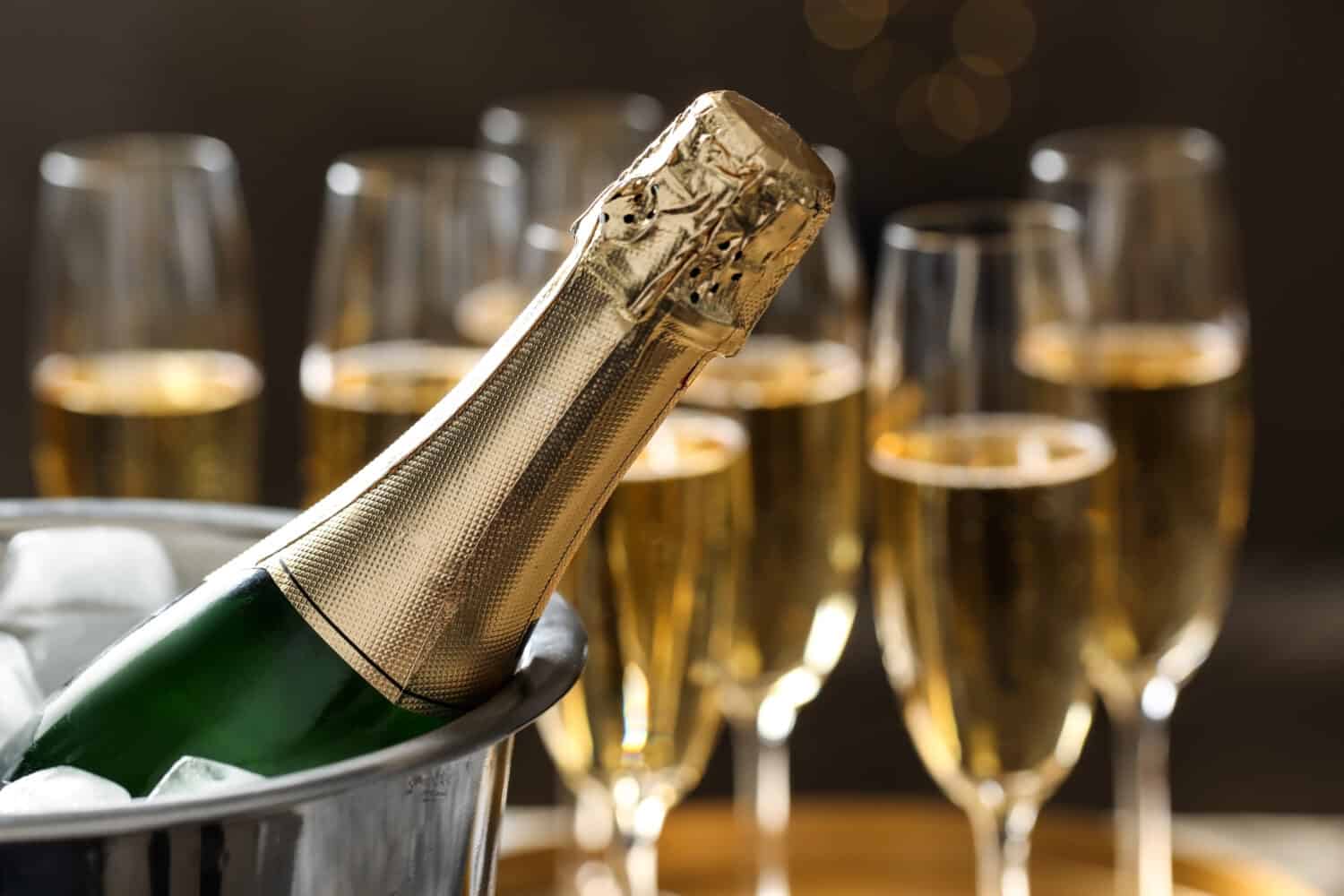
- parent/owner: Martini & Rossi
- established: 1863
- price point: $12.00/750 ml
Asti Spumante was my Great Aunt Dora’s celebratory sparkler of choice. Weddings? Check. Anniversaries? Check. Birthdays? Check. Baby Showers? Check. Now, I was too young to imbibe myself, but my mother was not shy about letting the comments fly on the drive home. She could not for the life of her understand why Dora would continue to serve that miserable excuse for Champagne. The sage that he was, my father drove in silence, never offering an explanation. Like any not-terribly-fabulous sparkling wine, Asti Spumante is perfect in a mimosa.
Bottom Line: Stay on my mother’s good side, and stay away from the Asti Spumante.
9. Korbel

- parent/owner: Gary Heck
- established: 1882
- price point: $15.00/750 ml
Family-owned and operated, Korbel makes a decent product: Not too sweet; not too dry. And that’s the rub. There’s simply nothing remarkable about America’s bestselling sparkling wine, which markets itself as California Champagne. But then, that’s precisely what makes it a best seller. Nothing to talk about, nothing to especially dislike. The $ 15.00 price is the most remarkable aspect of Korbel.
Bottom Line: Korbel shines in cocktails, but it is a little lackluster as a toasting wine.
8. Gancia Asti
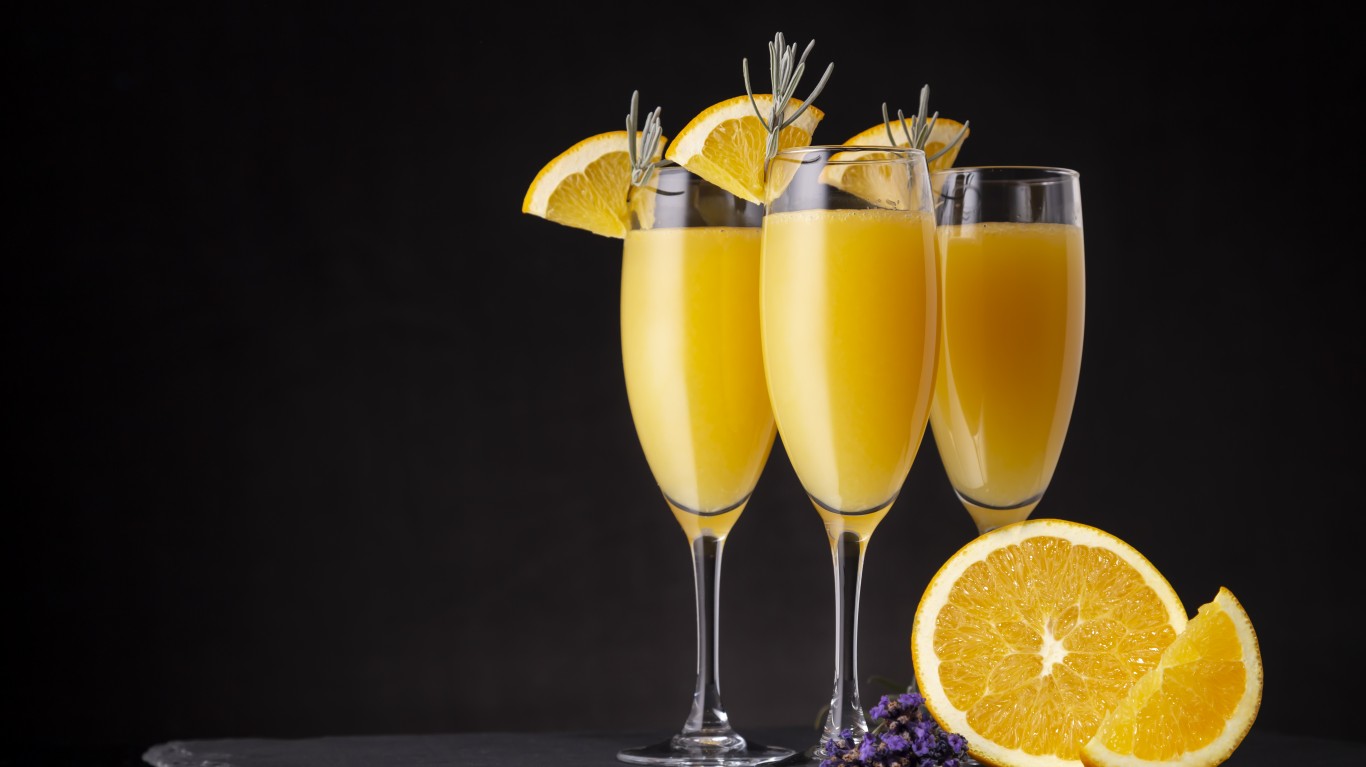
- parent/owner: Roustam Tarico
- established: 1850
- price point: $15.00/750 ml
If you’ve ever wondered why Champagne is called bubbly, wonder no more. Popping the cork on a bottle of Gancia Asti will erase any confusion or doubt. While the tiny bubbles about which Don Ho sang are a staple of the best Champagne, big, honking bubbles like the ones in Gancia Asti are simply too much. It creates a sweetness explosion on the tongue but lacks depth.
Bottom Line: Sweet and bubbly, Gancia Asti is an excellent mixer for sweet cocktails.
7. Schramsberg Blanc de Noirs
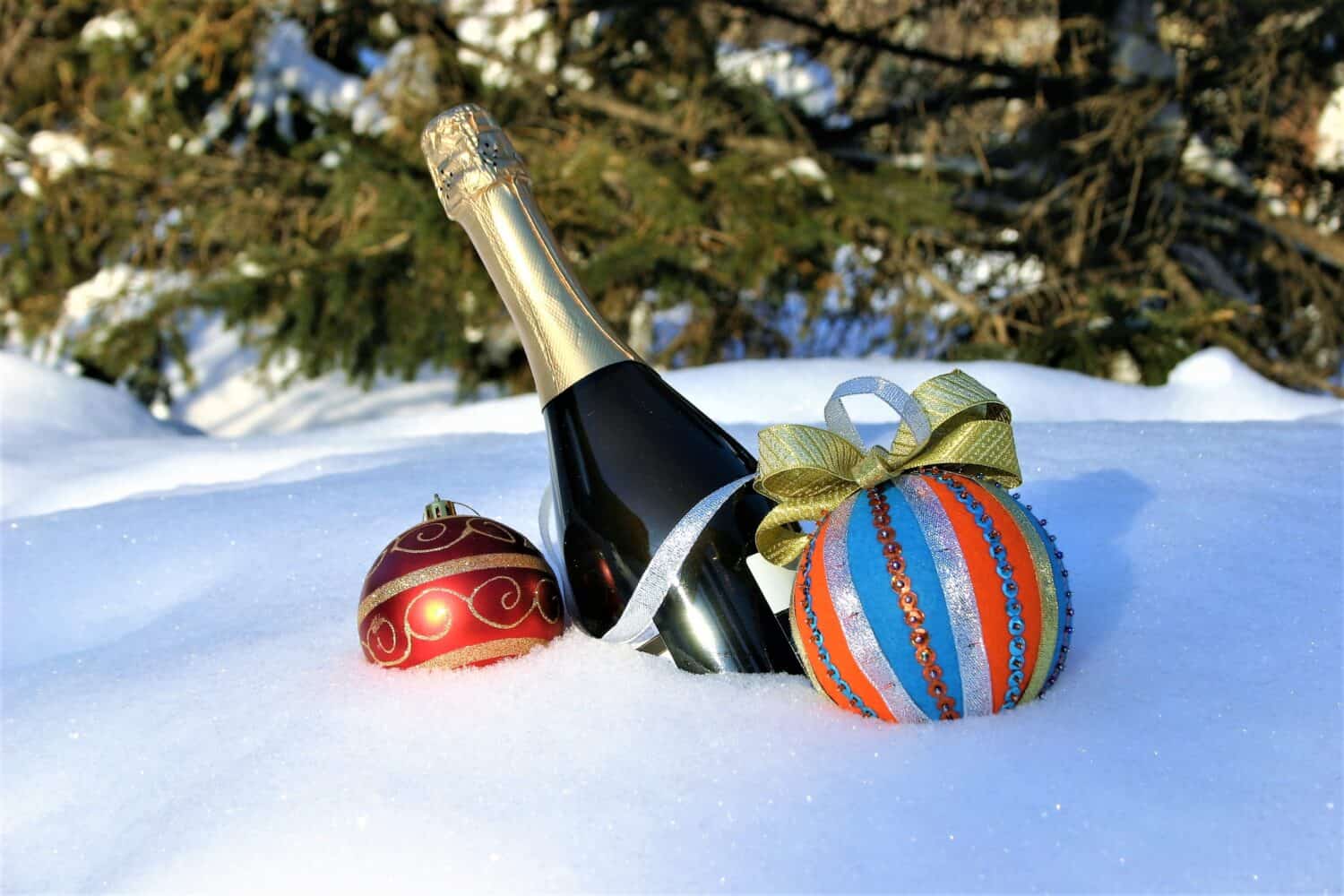
- parent/owner: Hugh Davies
- established: 1862
- price point: $30.00/750 ml
Though it sounds like it might be from a European vintner, Schramsberg Blanc de Noirs is a California sparkling wine. It has been the official White House Champagne since 1972 when President Richard Nixon and Chinese Premier Zhou Enlai toasted to peace with a sip. The historical significance doubles the price point no doubt.
Bottom Line: Schramsberg Blanc de Noirs is an outstanding $15.00 bottle of sparkling wine.
6. Cook’s Brut White Sparkling Wine
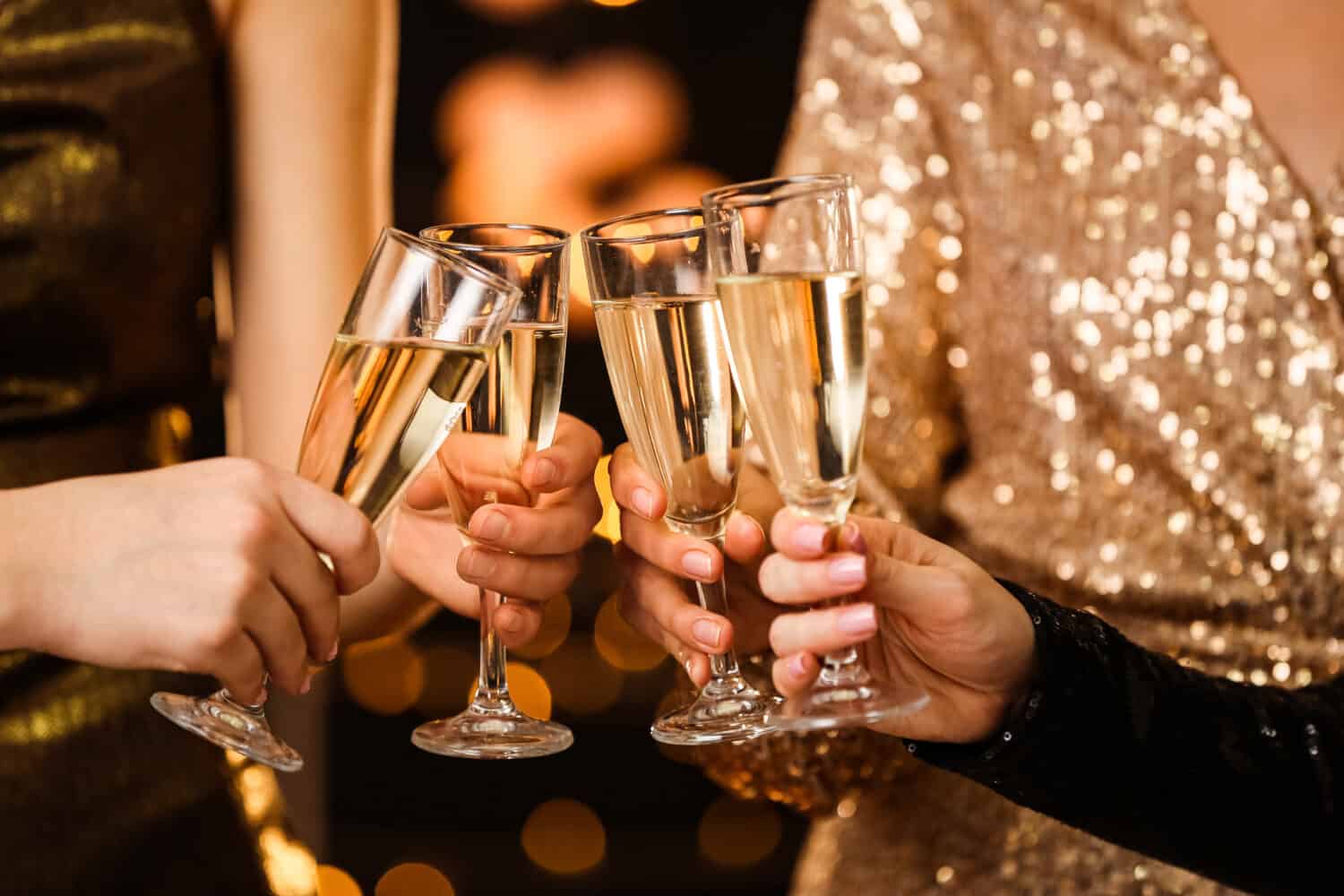
- parent/owner: Constellation Brands
- established: 1859
- price point: $10.00/750 ml
American sparkling wine tends to be fruitier than its European counterparts. This is due to the longer, warmer growing season. Therefore, it comes as no surprise that Cook’s, made in Madera, California is on the sweet, fruity side, especially for brut.
Bottom Line: Like others before it, its sweetness is the perfect complement to a brunch cocktail.
5. Freixenet

- parent/owner: Geschwister Oetker Beteiligungen KG
- established: 1914
- price point: 16.00/750 ml
I nursed a broken heart with Freixenet one summer. Freixenet and Dire Straits. While it’s not the most palatable sparkling wine, it’s tasty enough to mend a wounded heart. This brand is rather notorious for extending its stay with vicious hangovers. For $16.00 you should expect better.
Bottom line: There are less expensive sparkling wines that won’t leave you feeling dull.
4. Riunite Lambrusco
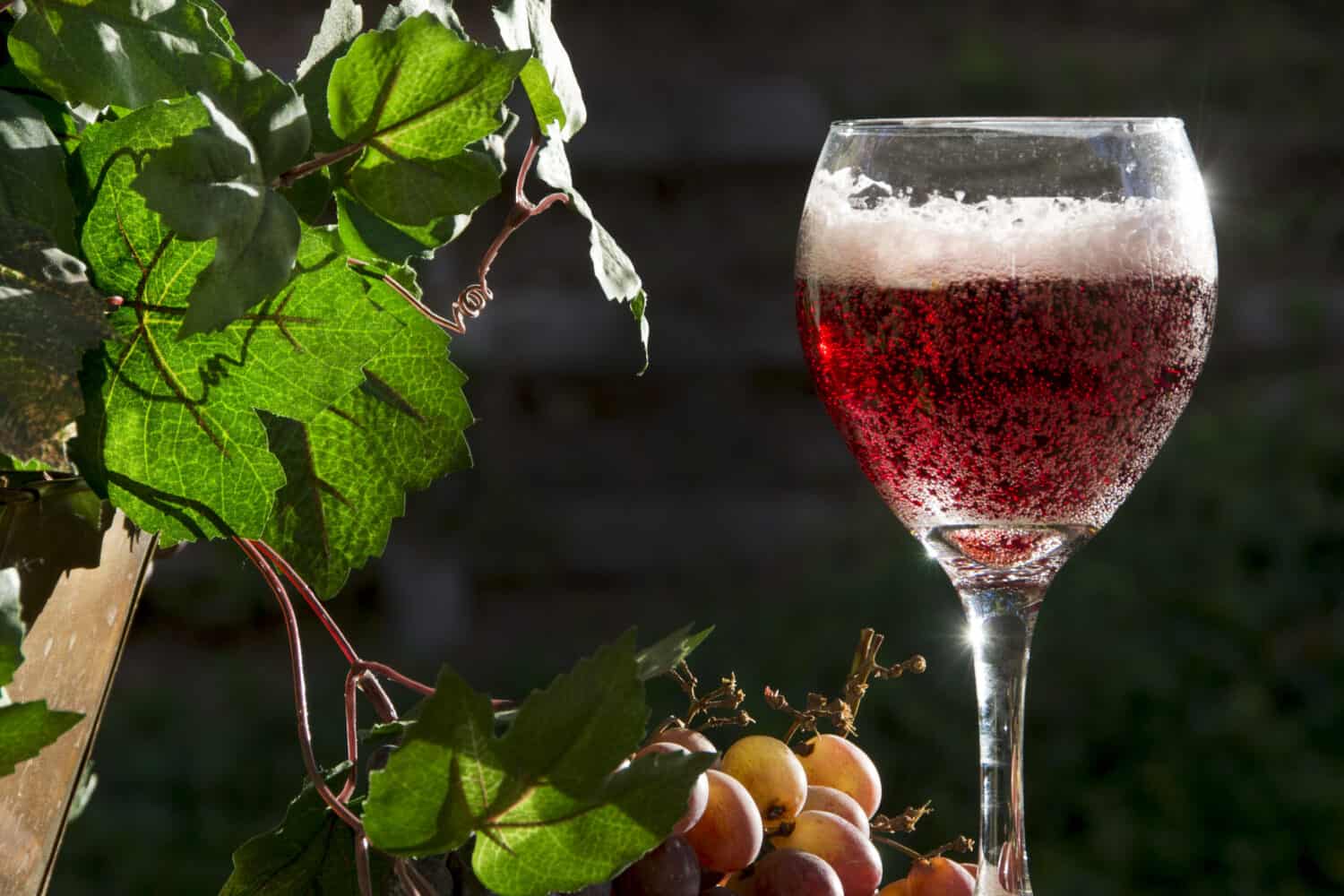
- parent/owner: Frederick Wildman & Sons, U. S. importer
- established: c.1950s
- price point: $10.00/750 ml
If you like sweet, fruity sparkling wines, Lambrusco might just be your sparkling wine of choice. To be sure there are dozens of brands that will wet your whistle without being cloying or overly sweet. However, Riunite isn’t one of them. A successful marketing campaign in the mid-20th century, encouraged consumers to serve it over ice, “Riunite on ice? Nice!” Even over ice, it tastes more like sparkling Kool-Aid than sparkling wine.
Bottom Line: Not for the refined palate.
3. Winemakers Selection Brut Classic Sparkling Wine

- parent/owner: S.L. Alicante / Winemakers Selection, Livermore, California, importer
- established: 1883
- price point: $5.00/750 ml
This affordable sparkling wine is sold exclusively at Wal-Mart. And while it is nothing to write home about, there is nothing disagreeable about it either. Probably best mixed in a cocktail.
Bottom Line: Honestly, better than what you might expect for the price of beer.
2. J.Roget

- parent/owner: Gallo
- established: 1976
- price point: $5.00/750 ml
You get what you pay for with Gallo’s J. Roget. For $5.00 you’d be expecting rot-gut and you wouldn’t be wrong. J.Roget will disabuse one of the notion that there is no truly bad sparkling wine. The flavor is off and the aftertaste is unpleasant, with medicinal overtones.
Bottom Line: Either pool or save your money for a more palatable bottle of booze.
1. Sovetskoye Shampanskoye
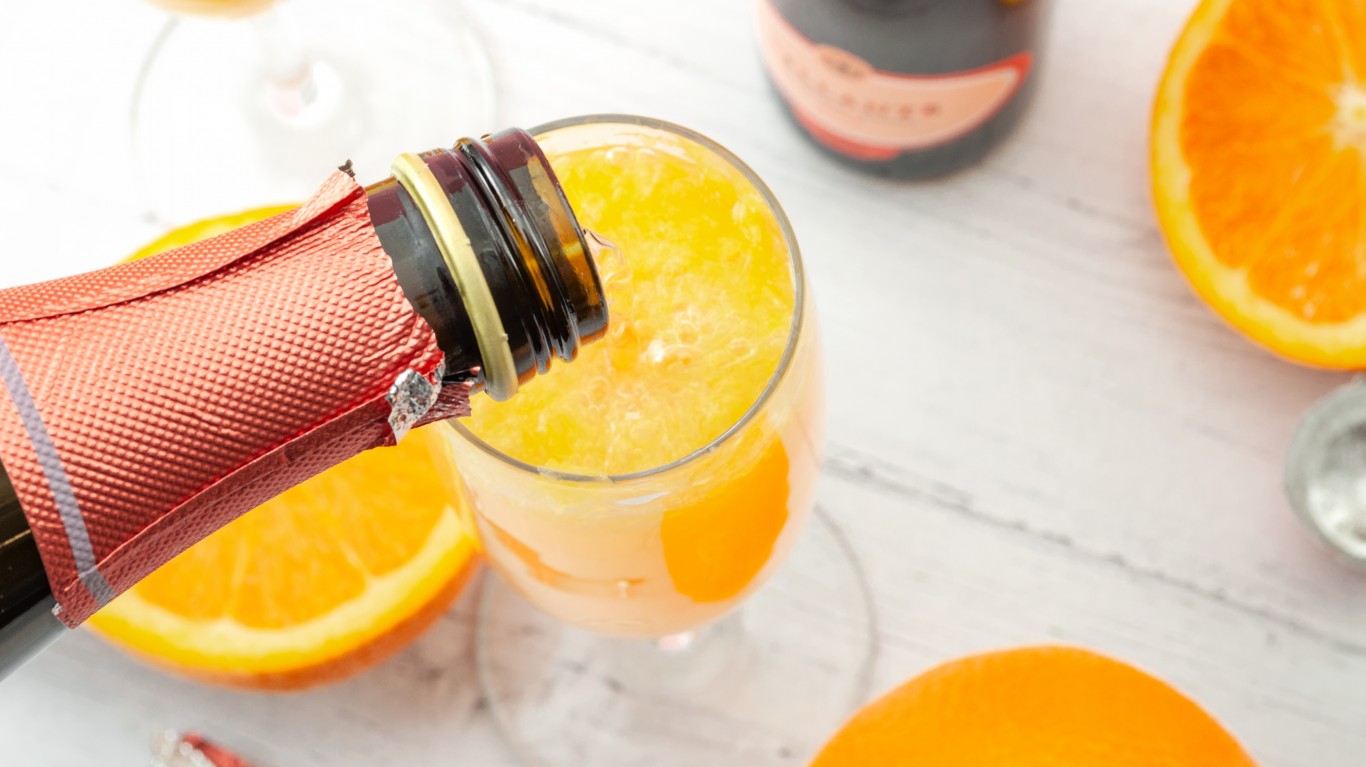
- parent/owner: varies by country
- established: 1928
- price point: $10.00/750 ml
Russian for Soviet Champagne, Sovetskoye Shampanskoye (Сове́тское шампа́нское) was the sole sparkling wine produced in the former Soviet Union (USSR). Upon the dissolution of the USSR, private entities in former Soviet Republics bought the rights to the name. Sovetskoye Shampanskoye is an exceptional sparkling wine – in that it proves the exception to the rule. You know, the rule that even the worst sparkling wines ain’t half-bad? Well, Sovetskoye Shampanskoye is between 3/4 and 100% not good.
Bottom Line: Unless a sour metallic aftertaste is the quality you’re seeking in a sparkling wine, you’d be advised to avoid this brand altogether. Spent your ten greenbacks on a lottery ticket instead. If you get lucky, you might just have enough disposable income to invest in a bottle of the good stuff.
In 20 Years, I Haven’t Seen A Cash Back Card This Good
After two decades of reviewing financial products I haven’t seen anything like this. Credit card companies are at war, handing out free rewards and benefits to win the best customers.
A good cash back card can be worth thousands of dollars a year in free money, not to mention other perks like travel, insurance, and access to fancy lounges.
Our top pick today pays up to 5% cash back, a $200 bonus on top, and $0 annual fee. Click here to apply before they stop offering rewards this generous.
Flywheel Publishing has partnered with CardRatings for our coverage of credit card products. Flywheel Publishing and CardRatings may receive a commission from card issuers.
Thank you for reading! Have some feedback for us?
Contact the 24/7 Wall St. editorial team.
